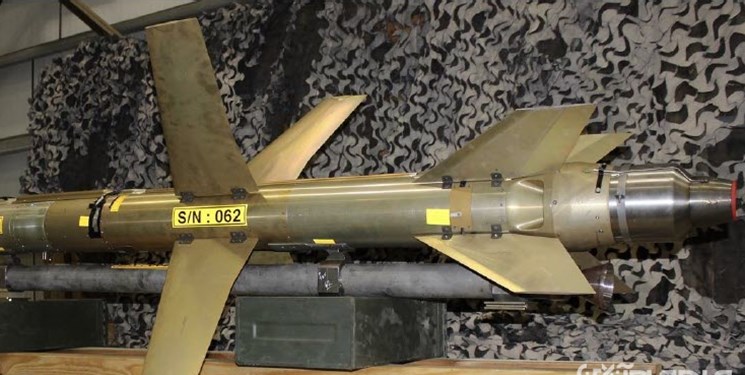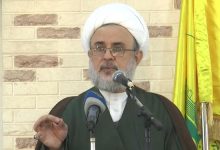Pentagon: New Yemeni missiles have the ability to evade US defense equipment

According to Fars News Agency’s International Group, the US Department of Defense says that the new missiles of the Houthis of Yemen (Ansarullah) have the ability to shoot down American aircraft, including military helicopters.
According to the New York Times, Pentagon officials have claimed that Iran has built these new missiles and provided them to Ansar al-Yamin. The Islamic Republic of Iran has repeatedly denied Western claims that Ansarullah is armed.
At a news conference Wednesday, Bill Arben, a spokesman for the Centcom terrorist organization, declined to comment on how the missiles work.
However, a military official familiar with the weapons, known as the 358 missiles, told the New York Times that they were cruise missiles designed to evade US defense measures while also being able to shoot down US helicopters.
According to the New York Times, these missiles consist of three parts: two engines and an explosive warhead. This weapon is fired from a launcher on the ground.
Some experts say the 358 is more of a suicide drone in the “stray ammunition” category than a missile. The New York Times writes that stray ammunition, like the 358 missile, are uncommon weapons.
The US military says the 358 missile is 9 feet long in flight and can run on kerosene or diesel fuel in mobile containers.
Twelve infrared lenses mounted in a ring around the missile are able to defeat the thermal search measures used in coalition helicopters.
Another US military official claimed that the missiles were fired against US drones operating in Yemeni airspace (the resigned Yemeni government).
A Pentagon staffer who assisted in compiling the report said that the Pentagon believed that Iran had provided the weapons to the Houthis in Yemen. He claimed that the delivery of this equipment has prolonged the war in Yemen.
Since April 2015, a Saudi-led coalition has targeted the poor country of Yemen with heavy air, land and sea attacks to restore power to ousted Yemeni President Abd Rabbo Mansour Hadi.
These attacks have led to the destruction of Yemen’s infrastructure and the spread of poverty, unemployment and the spread of infectious diseases in this poor Arab country. Tens of thousands of Yemeni civilians have been killed and injured since the attacks began.
UN experts describe Yemen as the scene of the world’s greatest humanitarian crisis. More than 75% of the Yemeni population is currently in need of some kind of humanitarian assistance and support. Of these, millions do not know where their next meal will come from.
The United States has provided financial, logistical, and weapons support to the Saudi-led coalition since the start of the war.
Earlier, members of the Security Council issued a statement Thursday morning calling for an immediate ceasefire across Yemen in accordance with UN Security Council Resolution 2565, in order to prevent Yemeni resistance forces from gaining control of the city of Ma’rib.
Ansar al-Islam spokesman and chairman of the Yemeni National Salvation Government’s negotiating team, Mohammed Abdul Salam, responded to the statement by saying that the Security Council’s stance on the aggressor coalition was nothing new. His statements themselves have had no positive effect.
The New York Times says that the Houthis have shown strong resistance on the battlefield against the Saudis and coalition forces, and experts claim that one of the reasons for the group’s success is the sending of advanced weapons by Iran.
Yemen’s Ansarullah targeted Saudi Arabia’s oil facilities in Baqiq a few months ago.
End of message /
You can edit this post
Suggest this for the front page
.

